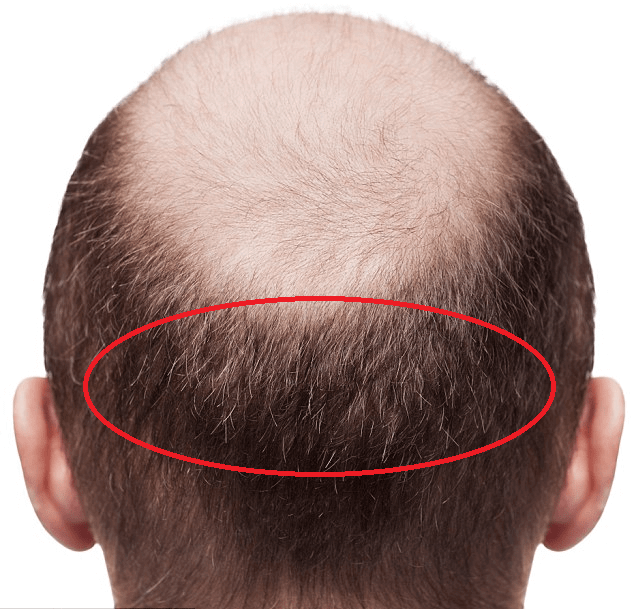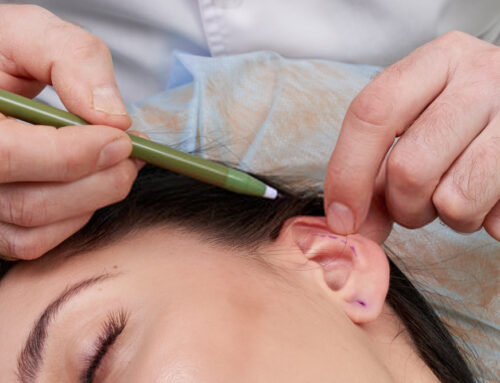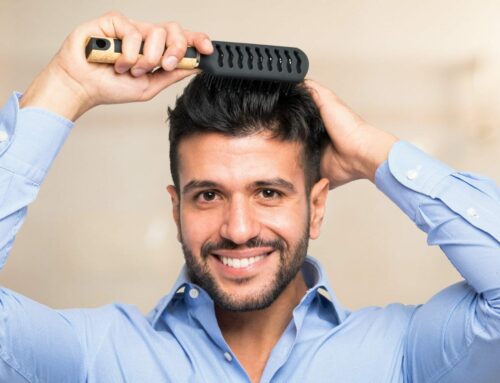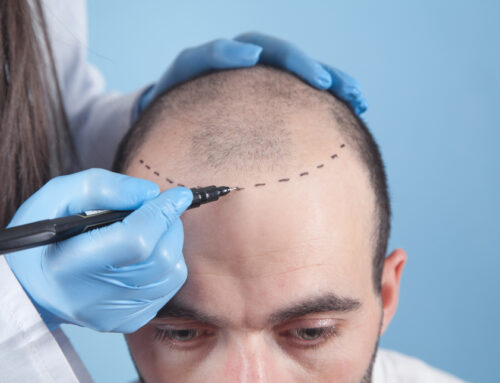Do You Have Good Donor Area For a Hair Transplant
Hair shedding is a part of everyday life that is normal. It can occur for several multiple causes, and it can be irreversible in certain situations, ending with bald patches. If you are undergoing severe hair loss, do not panic, a successful donor region for hair transplantation will treat it.
Although the a huge trend of bits of information for hair transplants that many people are quickly starting to regain their hairline and treating baldness, the fact is that there has been more fundamental than being bald in trying to be a great candidate for the operation.
How is it essential to interpret the donor area?
The donor region’s hair group is called a graft. A graft is a section of the body where a reasonable portion of hair is available and thus serves as a region for donors. Therefore, from this donor region, each tissue is harvested. Utilizing a micro drill, these skin cells are softened and are prepared for the graft area. In most cases, the donor region is at the back of the brain. Nevertheless, hair could also be extracted from other areas of the body, such as the chest. As hair that exists in those sections doesn’t quickly fall off, these are thought to be a great donor area.
You May Also Like: Hair Transplant Price in Turkey
Why is the Hair Restoration Donor Area Essential?
The area of the donor decides either or not the candidate is a good choice for hair transplant surgery. In the case of alopecia areata, androgens do not influence hair growth. Therefore, these sorts of follicles are grafted to the body part in which there are a broader wealth and greater potential for development.
Only those who have a higher survival rate after transplantation are chosen when choosing the follicles for implantation. It is an essential step for hair transplantation to produce long-lasting results.
What would a Hair Transplant Healthy Donor Area?
Physicians prefer the scalp hairs in the occipital region and the longitudinal adjoining areas when selecting the donor site. It is because there is irreversible hair growth in these zones.
The beard, as its hair is usually thick and immune to DHT, is the next chosen donor area. Hair transplant experts also prefer to combine head hair with beard hair, but because of their design, hair restoration craftsmanship specifies that they should not be included in (a) separation (b) across the hairline and (c) in the crown region.
It is also possible to use abdominal and chest hair as donor’s hair. While thin, they are most dense enough just to resemble head hair in others. In most of the clinics, Chest hairs of those that are heavily bald are commonly required to raise graft numbers. It is also advised to check plugged hair on the sides for body hair and often to smooth a hairline.
The very last option is hair from the limbs, but they are so small in certain individuals that if used, they can hardly appear on the skin. They are relatively low in choice in body hair implants, their growing season is often long and unforeseeable.
For multiple reasons, only scalp hair implants have been used in female hair restoration surgery.
Where are the donor sites located?
- Scalp hairs are likely to be permanent from the occipital region and the adjacent temporal field. These are all the preferences for the hairs of the donor.
- As a contributor, Beard is the next choice. Beard hair is dense and the main benefit is that it develops under the control of DHT. Beard hair, when combined with the scalp hair, gives good coverage in the crown region. Using them in the hairline zone is not recommended.
- In the developed level of hair loss, neck and chest hair can also be used; they are thin but have a strong filling impact among beard and scalp hair.
- The last choice is to prevent hair from limbs whose development is erratic.
- In the case of female hair transplants, only head hair is usable.
How is the donor area treated after transplantation?
The doctor sanitizes and cleans the donor site correctly after the end of the root harvesting procedure to avoid hemorrhage or inflammation. If patients feel any discomfort or discomfort in the donor region, pain killers and antibiotics are also prescribed. The surgery involves the treatment after one or two days of the procedure for dressing the required area. The cuts or the clots of blood will go on their own by the week or so.





Leave A Comment